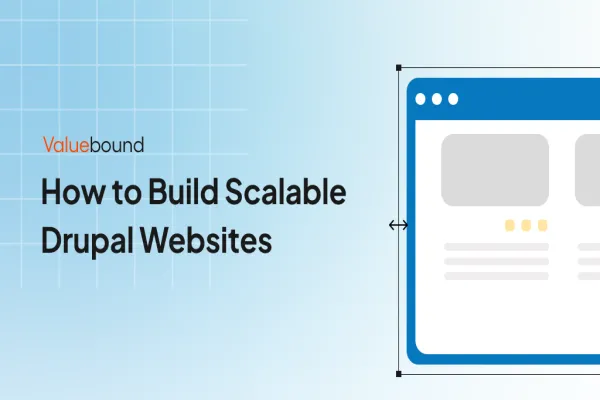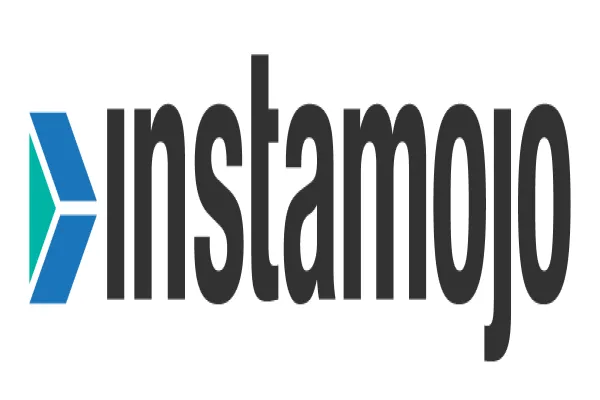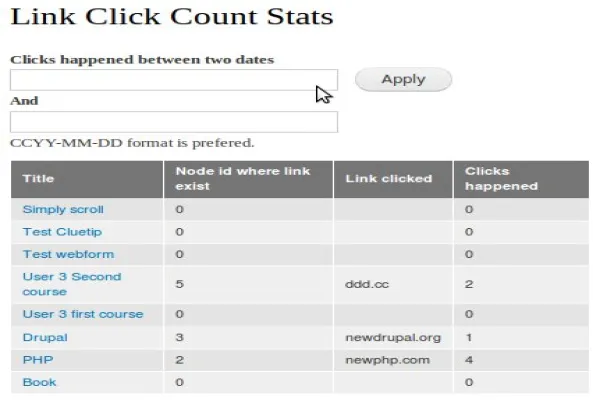I spent the whole day trying to do something that I've been wanting to for quite some time now. I went through the changelog for Drupal 8 to see if I could build an initial level of custom modules in D8 and I would love to share what I have learned so far. Let us take a look at this simple D8 module (that really does nothing other than printing a 'Hello World' ) called 'demo'.Here I have listed out the steps involved while creating the Module with some inline explanation.
Step 1:
Create a Custom folder inside /modules/custom/
Drupal 8 uses the Symfony HTTP Kernel, a system which gets the request and asks other systems to produce the requested output (a response object) and sends the response back to the client. The output is generated by a piece of code called the controller. In theory the controller can be either a pure PHP 4 function, a method on an object or even an anonymous function.
The second part of creating a page that outputs our content is to put the page controller in place. This could be a PHP 4 style function, but best practice in Drupal 8 is to use a controller class. This class is in a file named exactly after the controller provided in the routing file, ExampleController.php
For the above router the class needs to be placed in example/src/Controller directory and with name ExampleController.php. So the full path will look like, example/src/Controller/ExampleController.php.
Syntax: use src/ & Controller/ folder inside module directory(As per PSR-4 standard).
The .info file has been converted to YAML. This is the Symfony YAML component. So, the new file extension is .info.yml
For assignment = changed to :
For dependencies, use following format:
dependencies:
- block
For comment # changed to ;
type key is required with values,indicate the extension.(e.g: module/theme).
name: demo description: 'Demo module for Drupal 8' type: module core: 8.x
routing.yml is used to define routes and for handling the callback function.
Line 1:
Line 2: Path you want to register
Line 3: having Default page _title and _content refers to DemoController with method name demo
Line 4 : provide Permission.
Step 2:
The second part of creating a page that outputs our content is to put the page controller in place. This could be a PHP 4 style function, but best practice in Drupal 8 is to use a controller class. This class is in a file named exactly after the controller provided in the routing file, ExampleController.php
Create controller DemoController with a method demo( )
Create src/ & Controller/ folder inside module directory.(src/ is a PSR-4 standard).
Controller/ is a place to store controller. Create DemoController.php
On top, I have specified the class namespace.
Inside Controller class , we have demo( ) method. Which is rendering array.
To view the output all we need to do is clear the cache and navigate to mysite-name/demo
Download module using Github: git@github-name:xaiwant/drupal8.git
We at Valuebound are committed to furthering your business initiatives with our Enterprise level web solutions. For further information on our service offerings, please Contact us.





